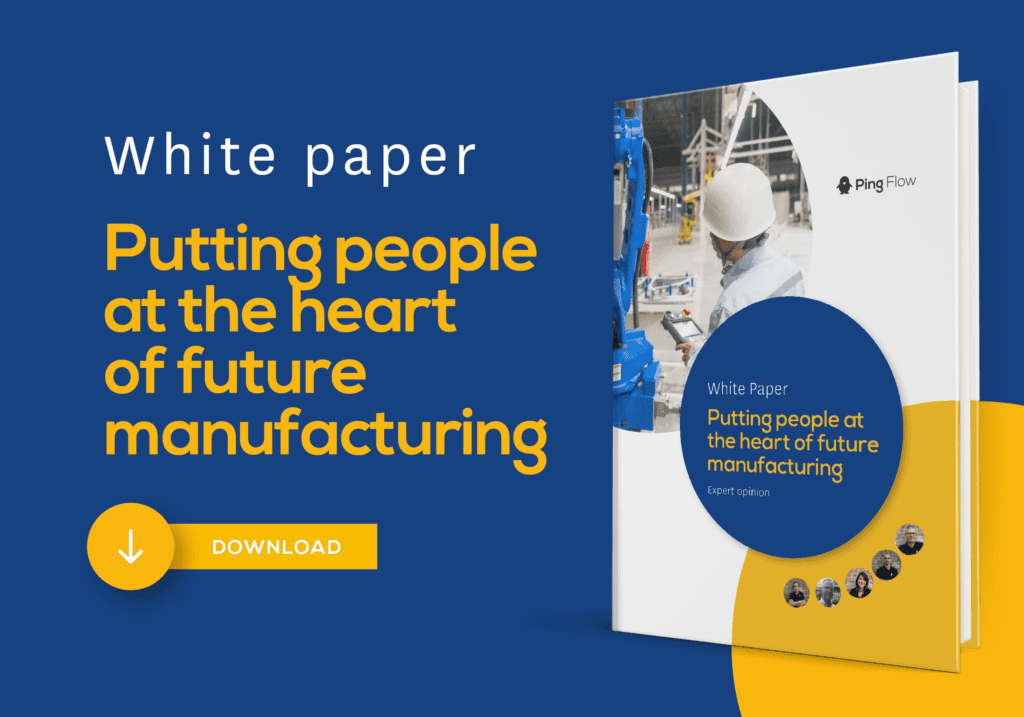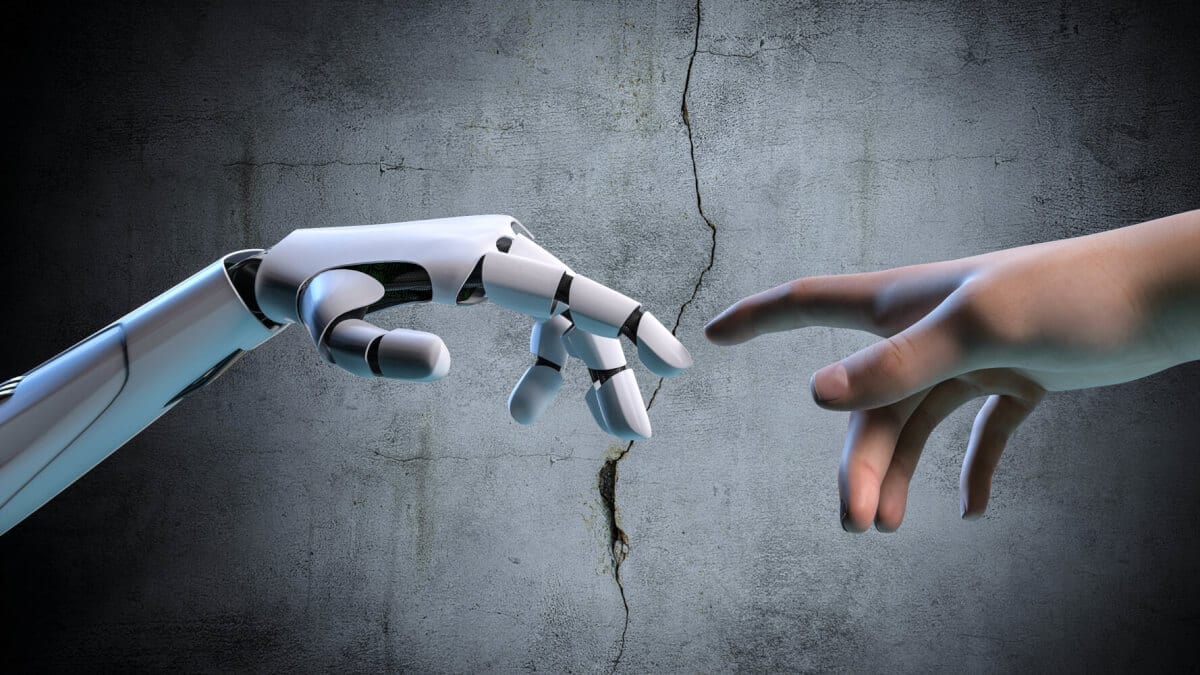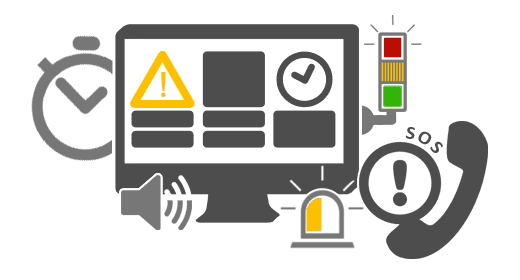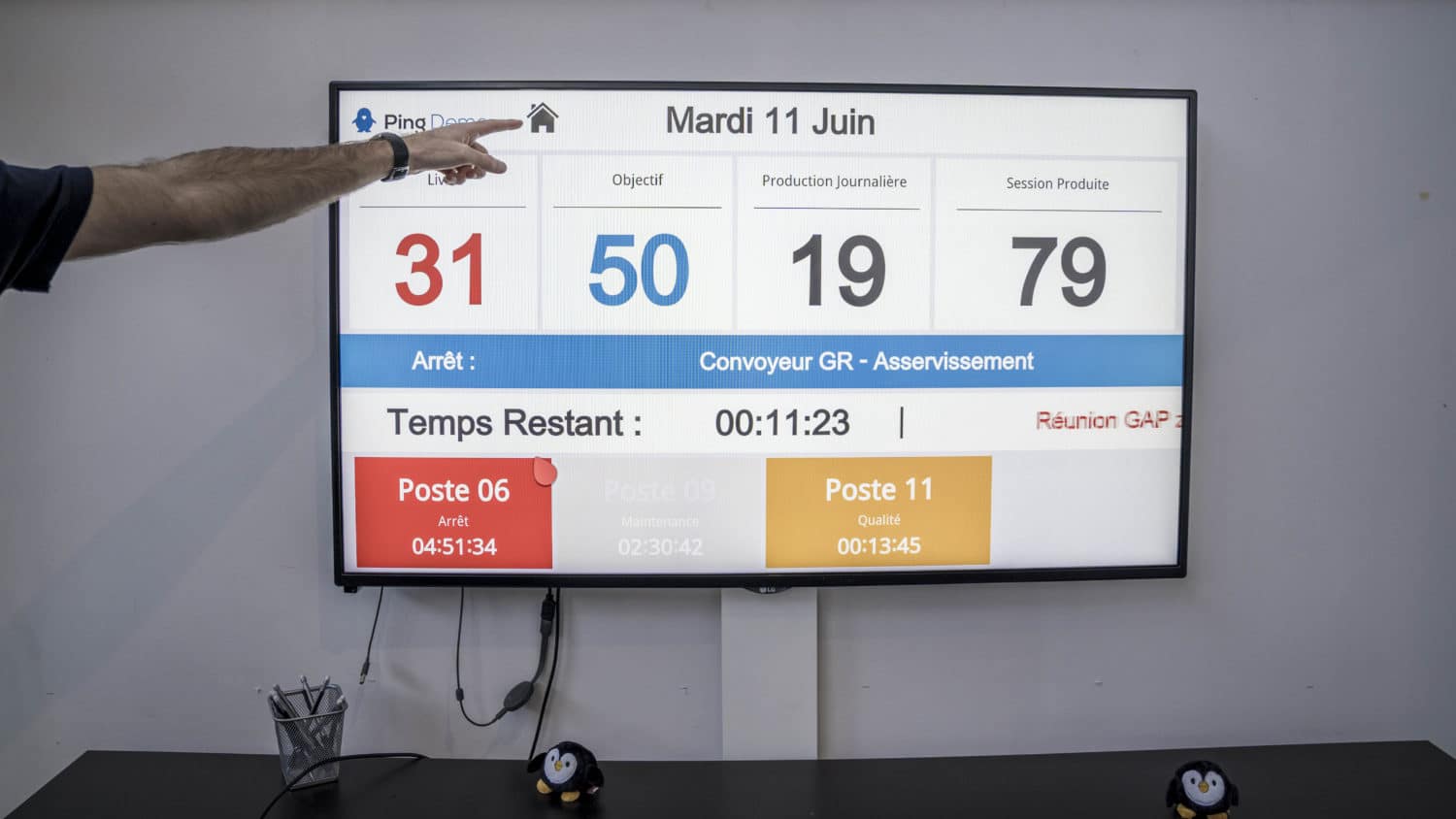Used in industry for many years, Andon is a visual and audible warning system that provides rapid reporting of defects and the ability to supervise production progress. This system allows production managers to locate incidents and intervene rapidly. Set off by operators, it creates a link from the machine to the organisation. However, in the era of the future factory, do Andon and people mix?
The traditional Andon system: Link between the machine operator and the rest of the company

Although traditional Andon is a considerable timesaver for operators and managers and avoids production stoppages and delays, it does not provide for detailed reporting of the incident. And the visual signal at workstations is not optimal: If the supervisor is not in the same area as where the problem occurs, there is little chance of intervening in time.
Andon in the future factory
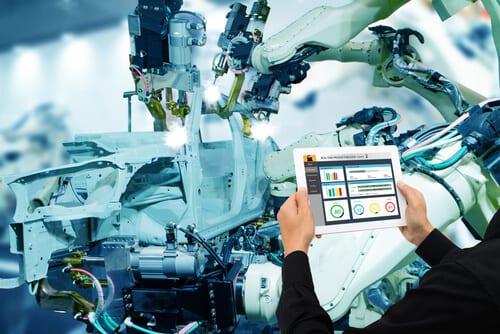
However, replacing the traditional alert button by alert emails is sometimes counterproductive. Operational teams may lose their standard points of reference and it distorts the highly effective and striking visual signal (the traditional red light) of the Andon system.
Which is why it is appropriate to connect the Andon system to a digital visual management tool. Thus one or more screens are installed in the workshop and in offices, displaying alerts, which allows the supervisor to monitor production even when not in the factory. Screens also allow other operators to be aware of what is going on in the workshop. Thus information is communicated in real time to the production team, allowing them to adapt to issues while retaining the simple visual impact which is the strength of the system.Operators still press a button but the alert is distributed on a large screen with other relevant data. Result: The procedure remains the same, but the information is more complete and better shared at all levels.
With digital systems, Andon becomes a real collaborative tool, to facilitate communication between operators and managers. It could even be used in other business areas such as logistics or back office.
